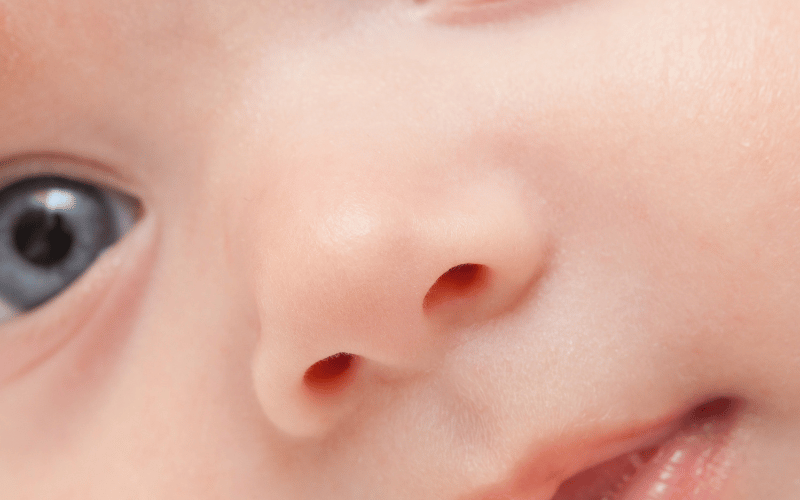Symptom 2: Respiratory Distress

Respiratory distress in infants with choanal atresia is a visible and alarming symptom. This can present as rapid breathing, flaring nostrils, and a bluish discoloration of the skin, especially around the mouth and nose. These signs indicate that the infant is not getting enough oxygen with each breath—a situation that can escalate quickly and requires urgent medical attention.
During sleep, the signs of respiratory distress can become more pronounced. The infant may exhibit periods of apnea, where they stop breathing for several seconds, followed by gasps for air. These episodes are terrifying for parents and can have serious implications if not addressed promptly by a healthcare professional.
Feeding can exacerbate respiratory distress. An infant with choanal atresia may struggle to maintain a steady breathing pattern while trying to feed, leading to a cycle of distress that hampers their ability to take in nutrition and grow.
If left unchecked, the repeated episodes of respiratory distress can affect the infant’s development. Chronic low oxygen levels can impede growth and neurological development, making early diagnosis and treatment critical for the child’s long-term health and development.
Respiratory distress is not just a symptom; it’s a sign of the underlying challenges that choanal atresia presents. It’s a window into the daily struggles these infants face and a call to action for those who care for them. (2)